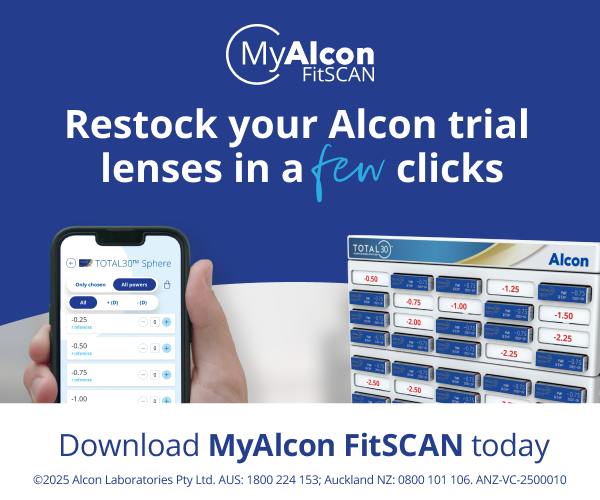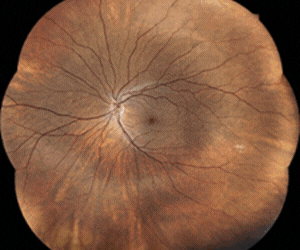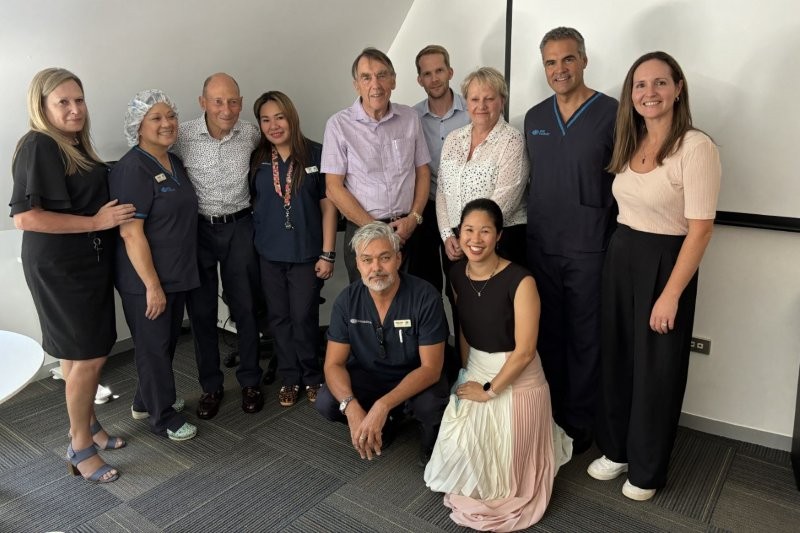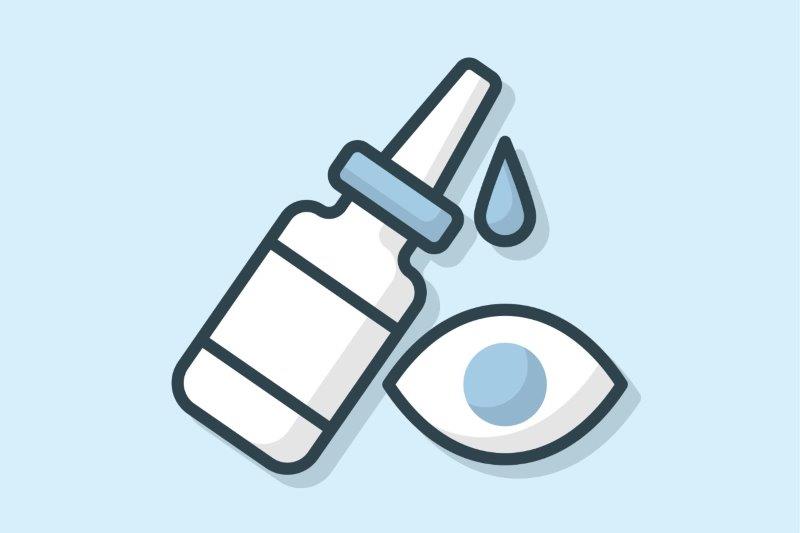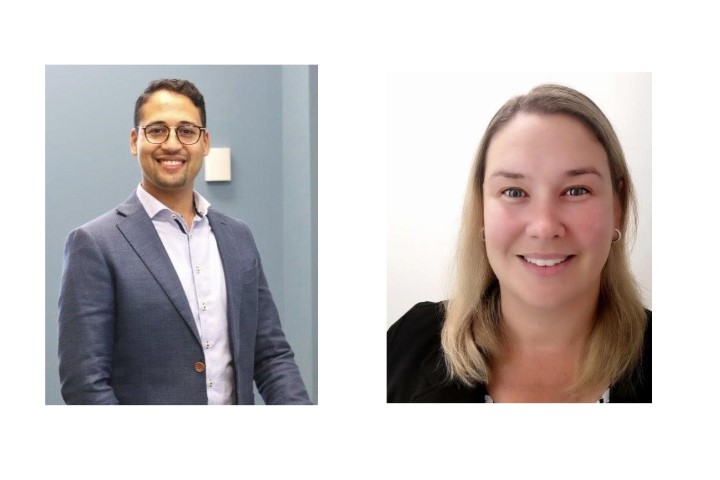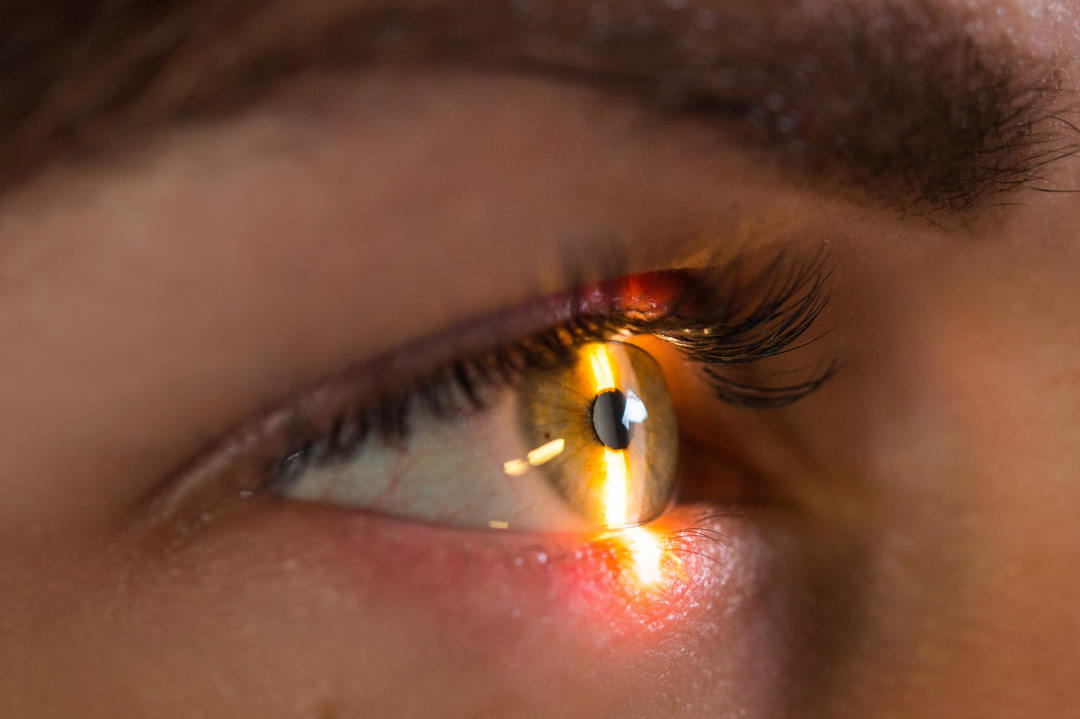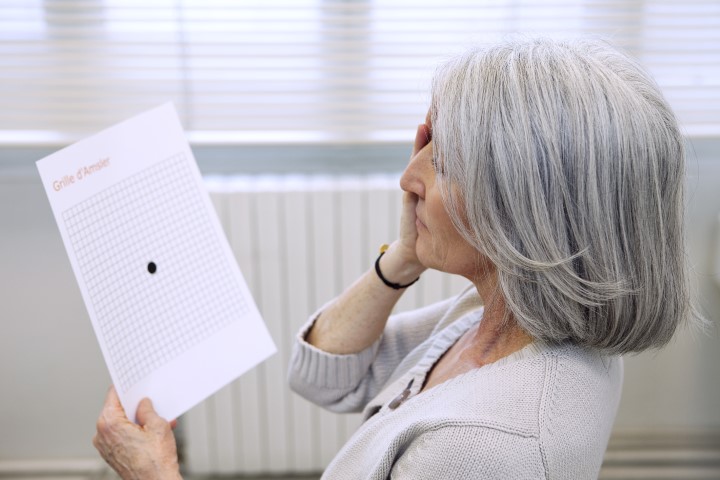Refraction with distraction
A UK optometrist has developed a hand-held device to maintain the attention of patients with learning disabilities or dementia during eye examinations.
Simon Berry’s Visual Fixation System projects video from a mobile phone onto a screen for the patient to view, while the optometrist has an unobscured view of the patient’s eyes from the reverse. “It’s useful to grab the attention of ‘tricky’ patients when you cannot get it in any other way,” he said.
The Visual Fixation System’s genesis was inspired by Berry’s son, who has a learning disability described as ‘global development delay’. “It basically means that no-one really knows what his diagnosis is,” said Berry. “When he was younger and I looked at his eyes, I noticed he had the same problem focusing as some of my patients with Down syndrome. I also noticed if I examined him when watching Thomas & Friends, his focusing was pretty good; if he was looking at a maths book, his focus was terrible.”

Simon Berry puts the Visual Fixation System to work
Berry said this highlighted that when measuring accommodation, he needed to know his patient was engaged and properly focusing on the target he was showing them. “All current methods of examining focusing ability use a target held to one side of the measuring device. Ideally, optometrists want to measure focusing ability at exactly the same point as where the target is being held.”
Having developed a prototype to help him measure accommodative lag, Berry found his tool was also useful for cycloplegic refraction, gross binocularity assessments, frame fit assessment and indirect ophthalmoscopy. The device has been six years in the making, said Berry, who officially launched it at London’s 100% Optical in April this year.





